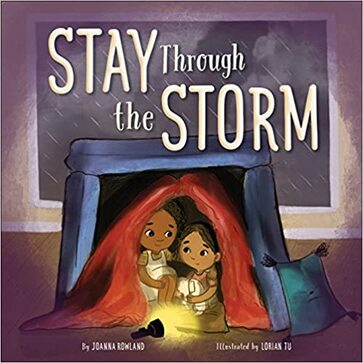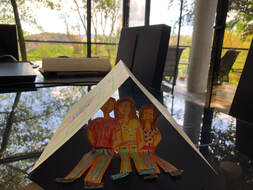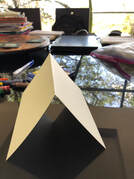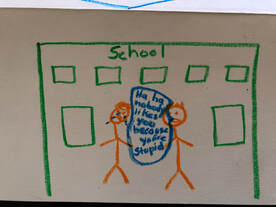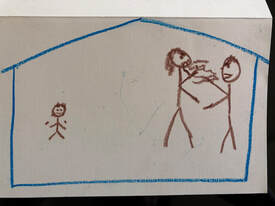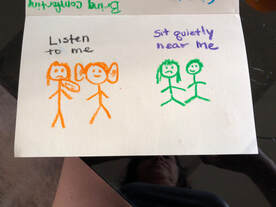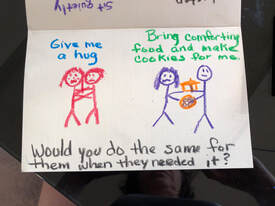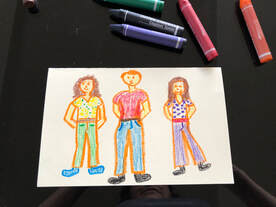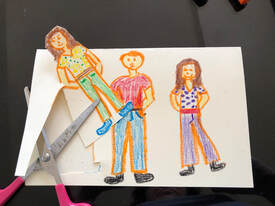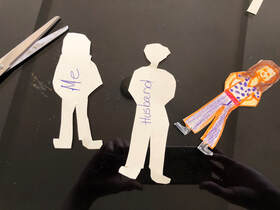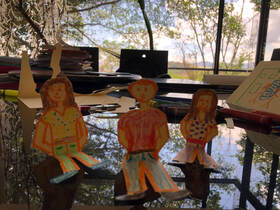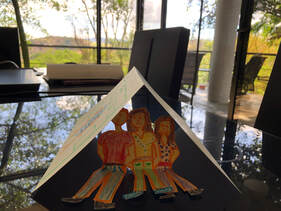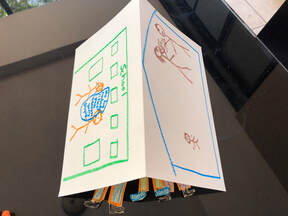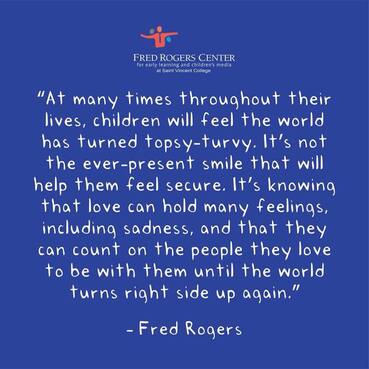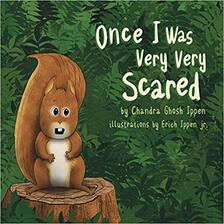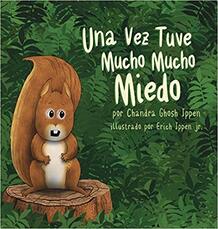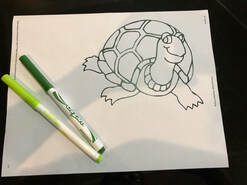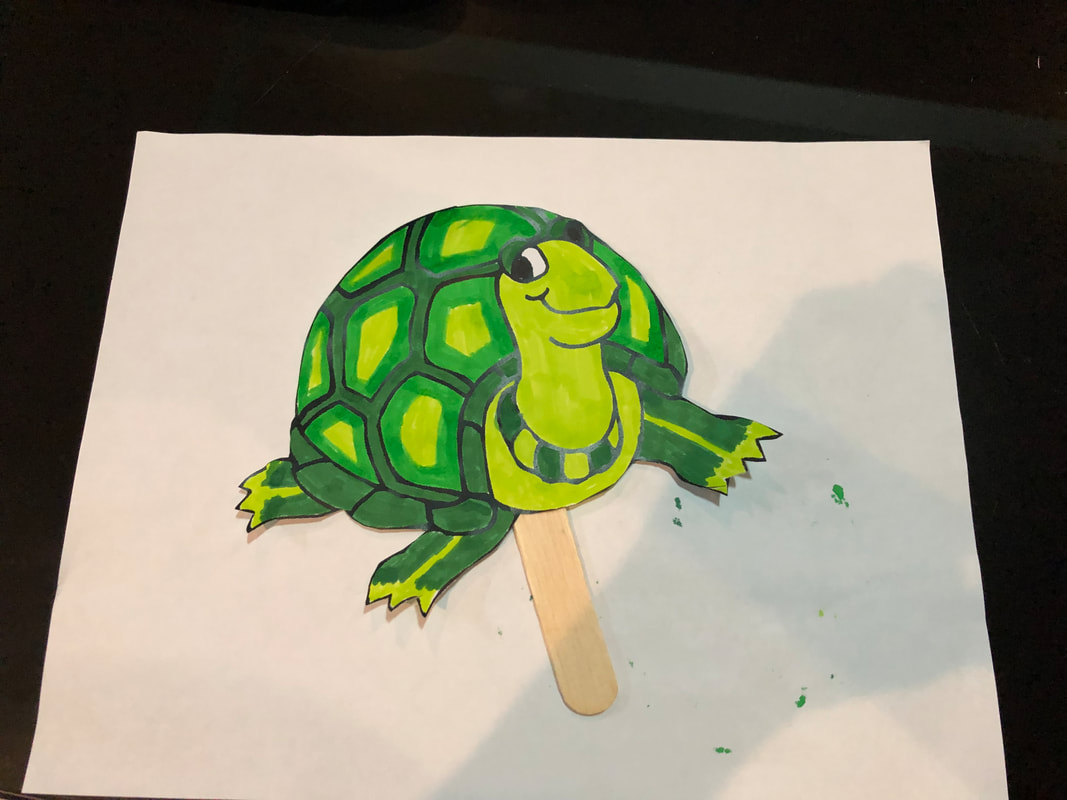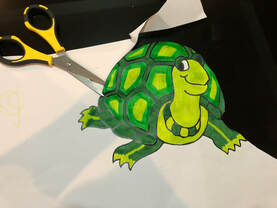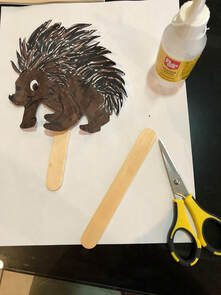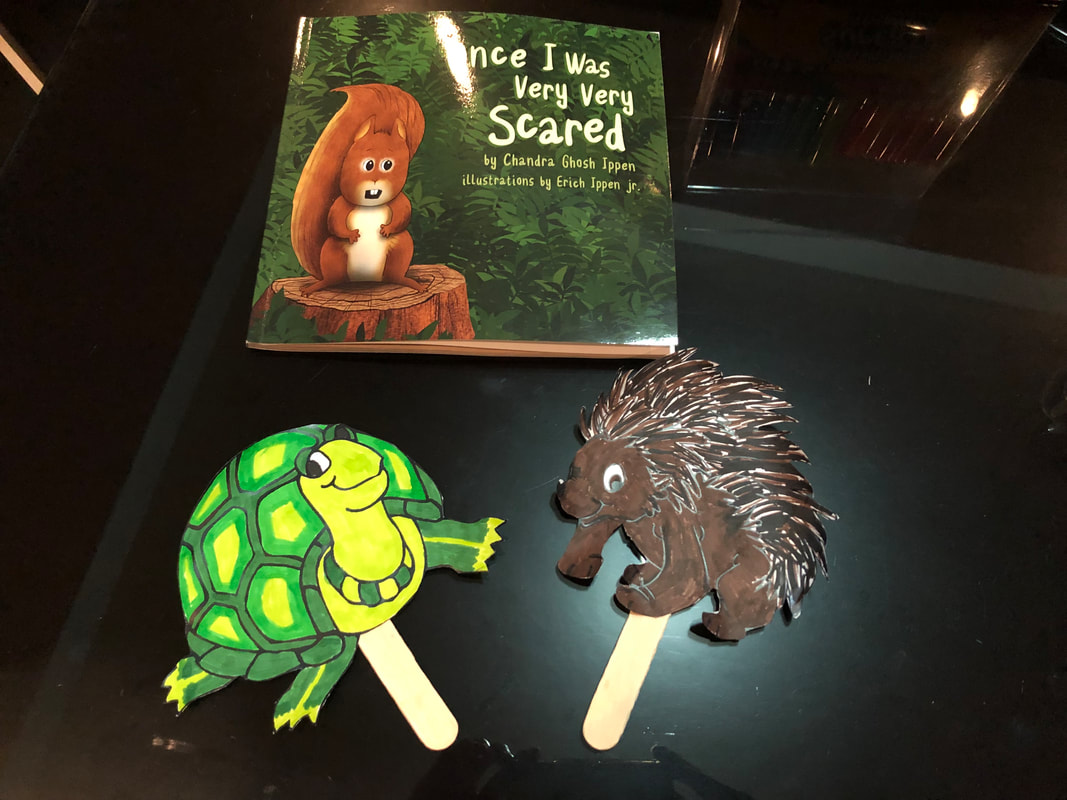A Book Review of Stay Through the Storm
Why would we broach the subject of suicide with young children? It's very painful for us to accept that suicide touches lives of young children, but it does. They may have teenage or adult relatives or friends that die due to suicide. They may have suicidal thoughts themselves or may even have made attempts. Even though successful suicides are rare in children below age 10, children as young as 5 years old have successfully committed suicide. Suicidal thoughts at a young age are a major predictor of later successful suicide. Therefore, it is important to address coping with these feelings from a young age. Joanna Rowland, the author, approaches this intense topic in an age-appropriate and gentle manner. Her theme throughout the book stresses the power of friendship to help us through life's storms. The story helps children understand the importance of reaching out or accepting the help of others when their lives feel full of darkness. "Stay" is a repeated word throughout the dialogue. "Stay" and allow me to care for you. Together we can conquer your hopeless, scared feelings. Tell me about your feelings, I will understand because I am human and I probably felt that way at one time or another too. This will end and we'll get to the other side of it together. If the feeling comes again, I will be here for you then too. This book is an example of humanity at its best. Through the illustrations, Lorian Tu, portrays hopefulness through vivid colors. The illustration of the fort on the cover and in the book supports the theme that you are safe and protected and can be helped through tough times. I highly recommend this book for all children, especially those who have been through or are going through dark and difficult times. This gentle, beautiful story provides coping skills, reassurance and hope to the youngest among us. Check out this author's website for excellent books on mental health and other topics for young children. https://www.writerrowland.com/ Activity Idea for Stay through the StormHave a discussion with your child after reading the book. The following questions can help. 1. If you were feeling really big feelings like sad, scared, confused, hopeless or worried, who would you want to be with you to help you(can be more than one person)? 2. How would that person(s) know you're having big feelings and that you want them to stay with you? 3. What do you think that person can do with you to help you feel cared about and safe? 4. Who do you think would want YOU with them if they were having really big feelings? After the discussion, make a fort/tent with the child and include their safe people inside the tent. Directions are below.
And... in the words of Mr. Rogers...
4 Comments
A Book Review of Once I Was Very Very ScaredTrauma that we experience as children can lead to behavioral, emotional, neurological and physical challenges throughout our lifetimes. For this reason, it is crucial that trauma(s) experienced in childhood (and in adulthood) be addressed as soon as possible. Research has shown that the most important factor in determining resilience to trauma is having a sensitive, caring caregiver to help you through it. I have chosen this book for April's blog post as trauma affects many, many children. Some of those children may be in need of psychological assistance and some may not. If not, it is still crucial that the adults in their lives address the feelings and responses to the trauma. Once I Was Very Very Scared is a perfect book for this purpose. It can be read and discussed by caregivers and/or can be a great resource for therapists. The great news is that there is a Spanish version too! Chandra Ghosh Ippen skillfully presents the emotional material of trauma in a fun, non-threatening and relatable way for young children. Once I was Very Very Scared is appropriate for children ages 3-8 but could also be useful to older children and adolescents. The book is quite long and covers an intense subject matter. Therefore, for the younger children, I would suggest reading it in two or more sittings to leave room for processing and discussion. Going through the entire book in one sitting may be emotionally overwhelming for some. The book starts out as a group therapy session utilizing adorable animals illustrated by Erich Ippen Jr. The Porcupine character acts as a therapist and works at establishing trust and providing a safe place for the animals to express themselves. This is an excellent book for opening up dialogue about a child's particular trauma and providing them permission to discuss it. It portrays many different scenarios of traumatic events with which many readers may be able to identify. This can help the reader in not feeling so alone with their trauma. Through the dialogue and behavior of the animals, Ms. Ippen accurately portrays flight or fight responses and many defense mechanisms in action. She does an excellent job describing how trauma affects us all in different ways and uses many internalizing and externalizing behaviors as examples. The book wraps up on a hopeful note by exploring many coping skills. Through the animals, Ms. Ippen makes clear the individual differences in how we can cope with difficult situations in a healthy way. This exploration of coping skills leaves much room for the caregiver or therapist to teach different coping skills and explore with the child what works best for them. Frequently in my practice, I utilize Once I Was Very Very Scared as a starting point to open up the conversation about trauma. I engage the child in many activities throughout the process of reading the book and utilize it throughout the therapy process. It is very conducive to incorporating therapeutic activities personalized to each child. I have provided ideas below. Activity Ideas for Once I Was Very Very ScaredAfter reading through the book once, there is a page that states "I wonder what scared you." This is a very important page to return to and open up dialogue on specific experiences of the child. Since there are pictures of various scenarios of trauma experienced by the animals in the book, I ask the child to draw a picture of the time they were very, very scared. After they complete this, it is important to ask many questions about their picture and have the child express as many details as possible about what happened. The sensory process of drawing and/or coloring is also therapeutic. Watch the child's behavior for reactions in discussing their trauma. It may be necessary to go through this process slowly and incorporate some relaxation/meditation techniques along the way. There is page near the middle of the book that shows all the animals with different feelings. This is a great page to reference while asking the child to point to which feeling(s) they had during their trauma and what feeling(s) they have about it currently. In addressing defense mechanisms and coping skills, I find role-playing very useful. Role-playing using puppets, animals or dolls is a great way to engage with young children while minimizing their discomfort as it is a step removed. Making simple puppets of the animal they identify with in the book can be a fun and useful activity for this purpose. While reading the book, ask the child what animal in the story acts most like they do when they feel very scared. Google coloring pages of that particular animal and one of a porcupine for the therapist character. A good website for this purpose is www.coloring.ws and click on animals. Print out a coloring page of a porcupine and the child's chosen animal from the book. Printing on card stock can be useful for making a more sturdy puppet. If the animal is a full page, you may need to scale it down to 70% when printing. Ironically, while writing this post, I received a notification from Piplo Productions that they now have free downloadable finger puppets on their website! This is another option to carry out this activity. Go to piploproductions.com, click on Our Stories, then Once I Was Very Very Scared, then Resources and you will find the free downloads. Materials needed Coloring page crayons or markers craft stick (large popsicle stick found in craft stores) glue scissors
|
Follow me on Twitter, Pinterest and LinkedIn
Categories
All
|
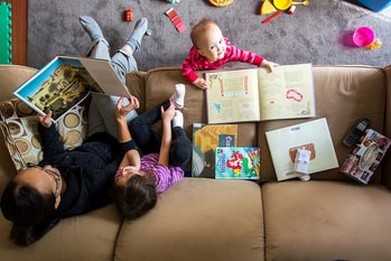
 RSS Feed
RSS Feed
